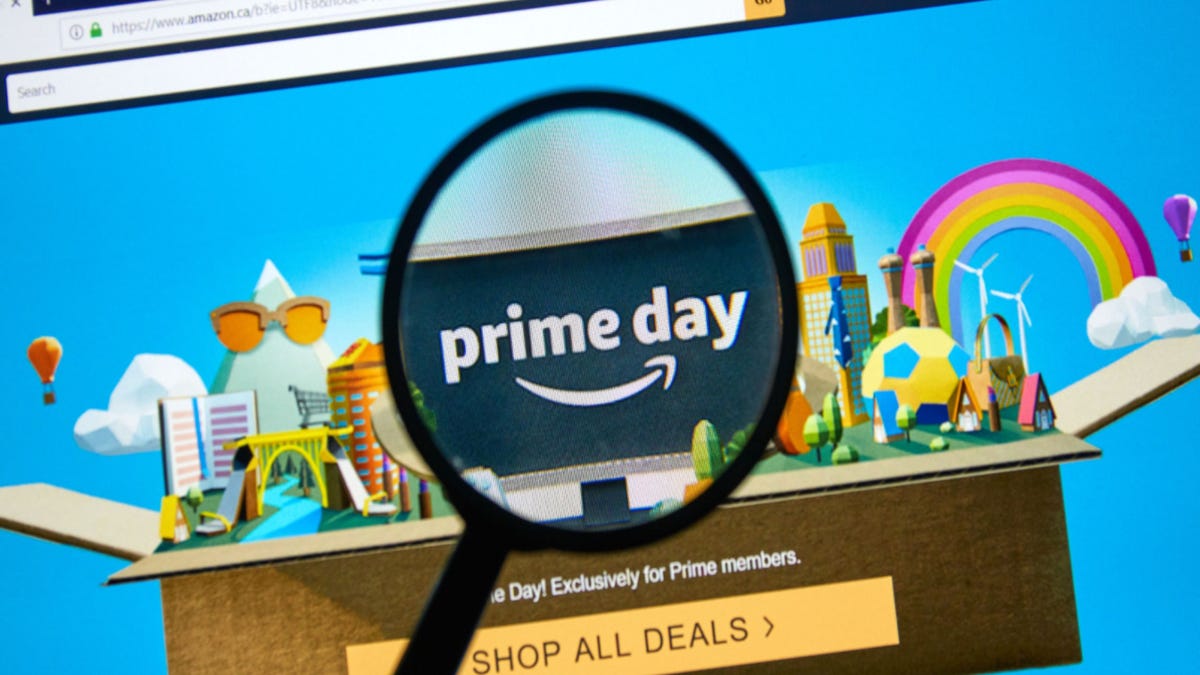
Amazon’s Prime Day event is back for another year: another complex multi-tentacled web of purported rebates. But at its core, it’s the same as any old sale or coupon– a way to get you to spend more Money while technically indicating that you can tell yourself you’re spending money if you do math a certain way fewer.
After all, the only reason why Amazon developed this “event” in the first place is to make you part with more of your money (around $11.2 billion of that last year)even if there is one Company you are reluctant to support. So let’s look at a few of the ways they’re working overtime to make this happen.
They fuel your FOMO
Any sale that is limited in time or inventory is meant to scare you of missing out on a good deal. Prime day is only two days! A large part of the iinventory will be limited! You may miss out if you don’t buy instantly! Oh, and by the way, you must buy at Amazon, specifically to receive these offers.
The truth is much less scary: Prime Day deals have already begun, stocks will only be as limited as Amazon wishes, and many other retailers are offering competing sales. But even if the offers really oneWhile amazing and limited, you can still save money by just… not buying the thing. Just say.
They lock you into their ecosystem
IIt’s called Prime Tag because you need to be a member of Amazon Prime to get the good deals. Prime membership gives you “free” shipping all year round. So if you’re already a Prime member, You’ll probably shop on Amazon when you want to buy something that really could come from anywhere. Do you know how many places in the world one person can buy an ab roller? Thousands, probably millions. Where did I buy mine recently? Amazon because I’m a Prime member and a prime sucker.
Aside from making you do it pay for the privilege of shoppingAmazon tries to draw you into their world in a different way. The best deals are on Amazon-owned products like Kindle tablets and Echo smart speakers. These, in turn, aim to put you in a mindset where you buy a Kindle e-book if you want an e-book. If you have an echo, share data a robot programmed by Amazon on the daily newspaper.
You create a wrong track with subscriptions
Some of the Prime Day deals are subscriptions, such as B. Four free months of Amazon Music Unlimited. There’s a reason free trials ask for your credit card in advance: TI hope you forget to cancel before the billing date. A longer probationary period may seem generous, but it also increases the likelihood of missing the bill. If you choose one of these trial offers, take a tip from us and Set a calendar reminder to cancel.
They construct a media frenzy
If there were no pre-marketing and a few items in an online store were quietly offered at slightly lower prices than usual for a few days, you might be pleasantly surprised, but would you think this is important news? Unlikely.
But Amazon has managed to create a lot of excitement among news outlets and other websites. There are a few factors at work here. One is that outlets that deal with finance or economics will find what Amazon is doing inherently newsworthy because it’s such a large and influential company. Another reason is that websites of all types want the clicks that come from talking about the big thing that everyone else is talking about.
And many sites get a cut if you click on an Amazon affiliate link – that’s why there are so many review sites and shopping reviews on the internet these days. Posting the X number of “best Prime Day deals” (or whatever) is one way to take advantage of these sites can make money for itselfbut they only get the cut after clicking through and giving Amazon some money.
YYou don’t hear about Prime Day everywhere because the deals are so amazing to be real newsworthy; You hear about it because everyone involved is doing their part an ecosystem ultimately fueled by money. Yours.
The offers aren’t really offers
I spent a good chunk of my morning going through the “best” Prime Day deals CamelCamelCamel, which tracks Amazon prices over time. And guess what: aalmost none of the articles are at the best price ever on Prime Day. Amazon wows you with the idea of a rare offer while calculating the item’s usual price.
For example, there’s an Apple Watch for $329, which is said to be a $70 saving. but This watch first hit $329 in April of this year and has stayed at that price most of the time since. There have been a few temporary price hikes, but it’s been the current price for over a month now.
Or take the Bowflex Selectech 840 Kettlebell (which I’m dying to point out not the good kind of adjustable kettlebell, but I’ll also admit that I’m a snob on these things). You’re not saving $80 on this adjustable kettlebell when it’s $119 — which it was for most of the last month anyway. It has never been above $150 in the last 10 months and it has gone down to $99.99 several times.
As an example of something that is For the lowest price, check out the Kindle Kids which will be available for $49 compared to $109. Its price history shows that it has been $109 for quite some time, with frequent sales bringing it to $60-$70 approximately once a month. So yeah, that’s a real deal, but is it good enough (and rare enough) start an engine? I would only take it if I was planning to buy one and were just waiting for a good price, which is that only way to actually save money on Prime Day.

